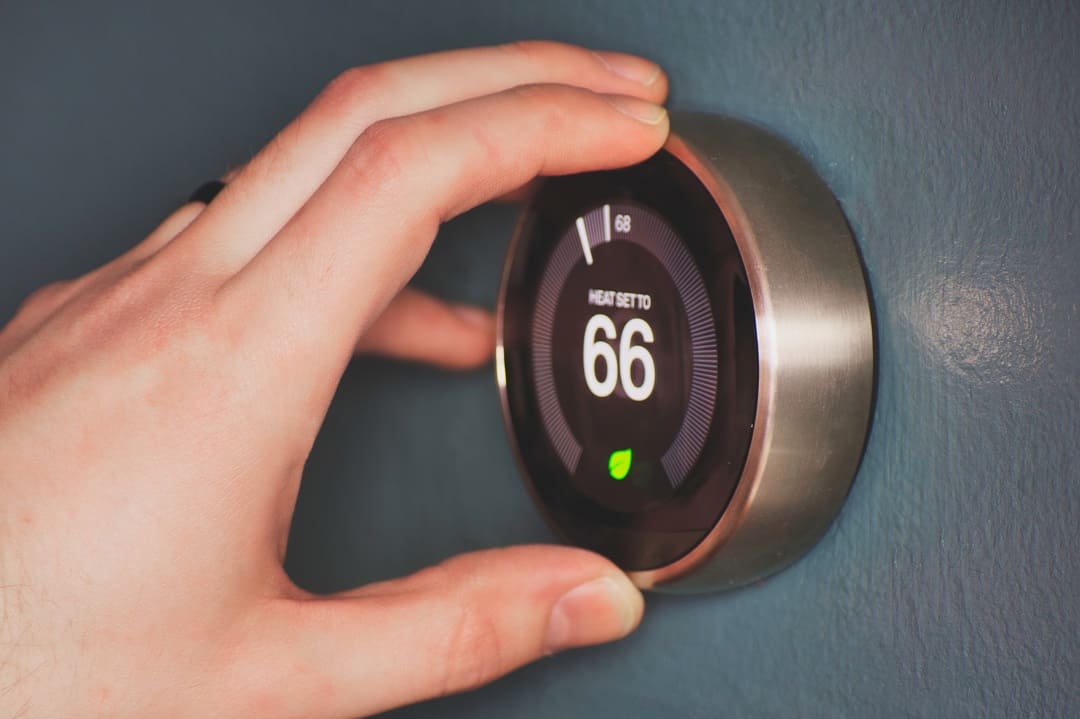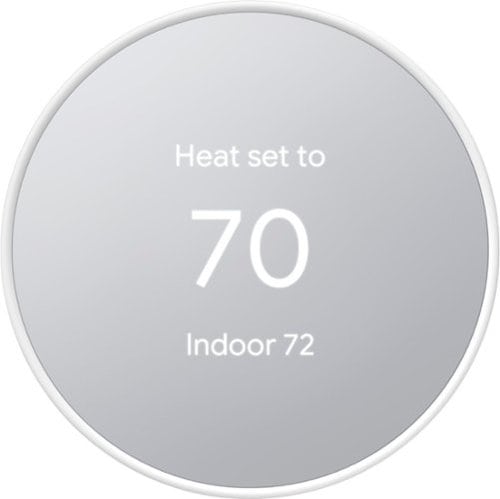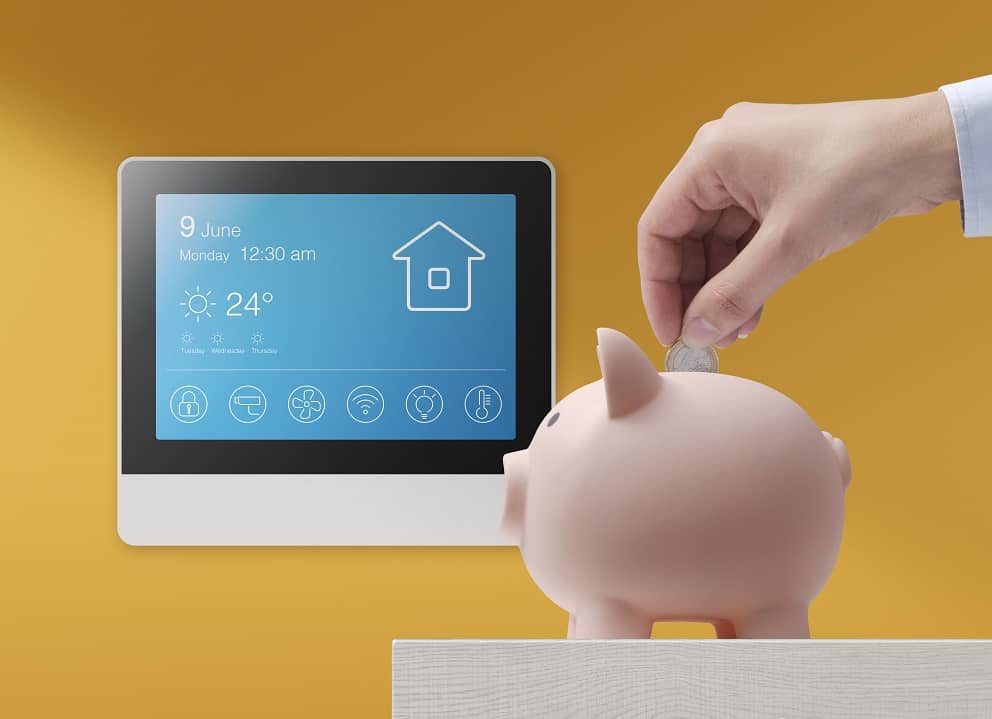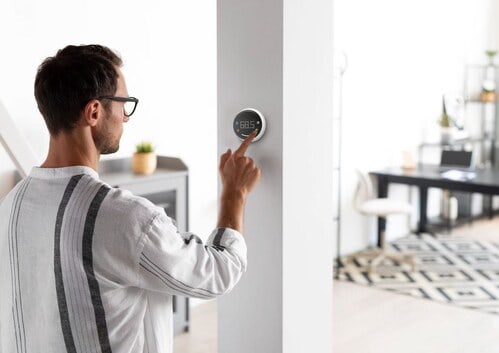Choosing the right thermostat can help you stay comfortable and save money. But should you go with a smart thermostat or stick with a programmable one? Smart models come packed with features like app control and energy reports, but they also cost more. This post compares both types to help you decide which is a better fit for your home, your routine, and your budget.
What Each Thermostat Type Can Do
Programmable thermostats let you set heating and cooling schedules for your home. You can pick certain times of the day or week for the system to turn on or off. Most models use a simple display and buttons to adjust the temperature or change the schedule. These controls work well for people who have a set routine and do not want to change settings often.
Smart thermostats come with extra features. Many can connect to Wi-Fi and let you change the settings from your phone or another device. Some models track your phone’s location to know when you are away or on your way home. They may also give you reports about how much energy you use and send you reminders to change your air filter.
Some smart thermostats use learning algorithms to adjust the temperature based on your habits. They watch when you change the settings and try to match your routine over time. This means you may not need to set a schedule yourself, as the thermostat can do it for you. Older programmable thermostats do not have this type of feature and only follow the schedule you set by hand.
Connectivity and User Interaction
Smart thermostats can connect to Wi-Fi, which lets people control them from a phone or tablet. This feature is called remote access. It means you do not need to be at home to change the temperature or set a new schedule. Many smart thermostats also use something called geofencing. This means the thermostat can tell when you are getting close to home based on your phone’s location and can start heating or cooling before you arrive. Programmable thermostats do not have these features. They only follow the schedule you set from the device itself, so you have to be home to make changes.
Many smart thermostats work with apps that can be downloaded on a phone. These apps let you manage settings, see your energy use, and get alerts. Some smart thermostats also work with voice assistants like Alexa or Google Assistant. This means you can change the temperature by speaking to your device. Programmable thermostats usually do not work with apps or voice commands. They only have buttons or a touchscreen on the device itself. This makes smart thermostats easier to use for people who want more control from anywhere.
Cost, Rebates, and Savings
Smart thermostats usually cost more than basic programmable models. Smart thermostats can also need a little more work to install, especially if your home wiring is older or if you want to use extra features. Some people choose to have a professional install their smart thermostat, which adds to the total price.
Some utility companies offer rebates or discounts if you buy a smart thermostat. These rebates are meant to help people choose products that can help save energy. The amount of the rebate and the rules for getting it can be different from one area to another, so it is a good idea to check with your local utility company before you buy.
Monthly savings on your energy bill depend on how you use your thermostat and your heating or cooling system. Smart thermostats have features like learning your schedule and remote control through an app. These features can lead to more savings than a regular programmable thermostat, but the real savings vary from one home to the next. Some people notice only a small change, while others see a bigger drop in their bills. Each situation is different, so it is hard to say exactly how much you will save.
Choosing the Right Thermostat for You
Picking between a smart thermostat and a programmable one depends on your lifestyle, preferences, and how connected you want your home to be. If you have a regular daily schedule and don’t mind manually setting temperature changes, a programmable thermostat might be enough.
But if your routine changes often or you want more control and automation, a smart thermostat can adapt to your habits and adjust settings automatically. Smart thermostats also offer extra features like remote access through your phone, integration with voice assistants, and energy usage reports.
If you’re building out a smart home or want to control your heating and cooling from anywhere, a smart thermostat might be the better choice. But if simplicity and low cost are your priorities, a programmable model could get the job done just fine.
Smart Thermostat vs Programmable Thermostat
| Smart Thermostat | Programmable Thermostat | |
|---|---|---|
| Pros | More affordable | Remote access |
| Simple setup | Automation | |
| Easier to install | Energy reports | |
| Voice Control | ||
| Geofencing | ||
| Cons | ||
| Fewer features | Learning curve | |
| Manual changes to Temp | Higher cost | |
| No remote access |
In Summary
When you compare smart thermostats with programmable ones, the main difference is the extra features you get with the smart models. Programmable thermostats are a more basic option that work well for people who have a set schedule and do not mind making changes by hand. Both types can help you manage your heating and cooling, but smart thermostats give you more ways to control your system and may lead to more savings, depending on how you use them. The right choice comes down to what you need and how much you want to spend.
Before you decide, check with your utility company for possible rebates on smart thermostats. And take a look at your current routine, if it’s flexible or unpredictable, a smart thermostat could make life a lot easier (and cheaper) in the long run.




